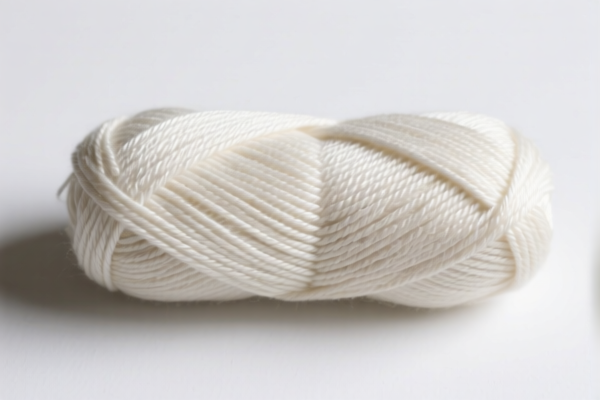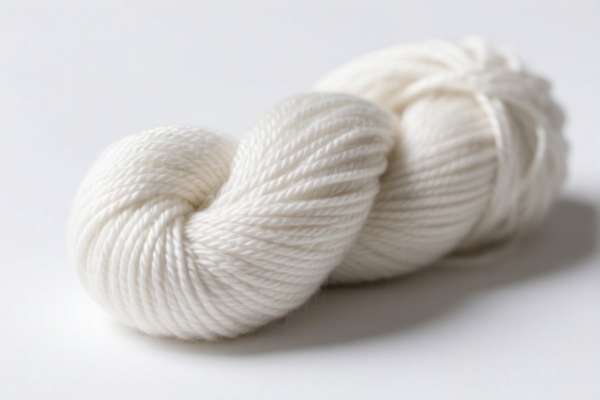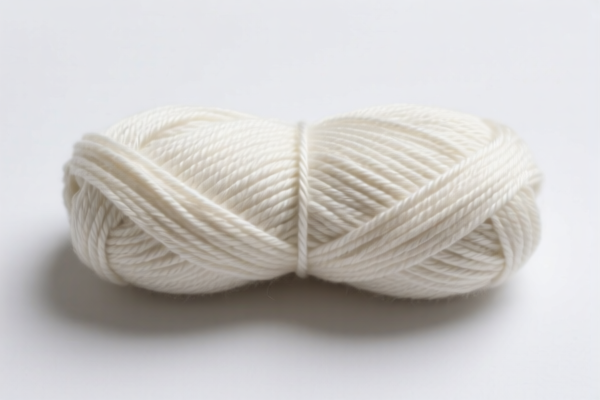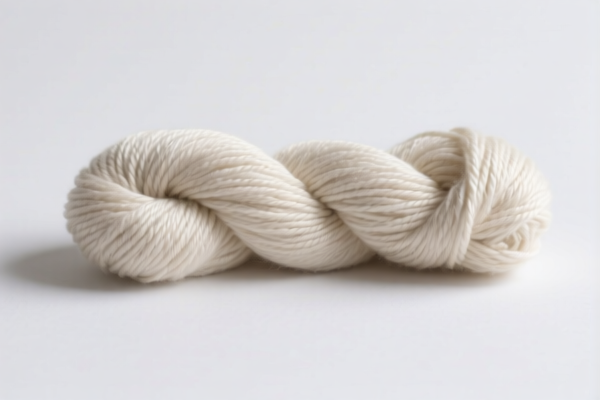| HS Code | Official Doc | Tariff Rate | Origin | Destination | Effective Date |
|---|---|---|---|---|---|
| 5203005000 | Doc | 59.3% | CN | US | 2025-05-12 |
| 5203001000 | Doc | 60.0% | CN | US | 2025-05-12 |
| 5206220000 | Doc | 64.2% | CN | US | 2025-05-12 |
| 5206230000 | Doc | 64.2% | CN | US | 2025-05-12 |




Based on the provided product description and HS code classification, here is the structured analysis and customs compliance guidance for Textile combed cotton single yarn (less than 83.33 decitex, exceeding 120 metric number):
✅ HS CODE: 5206220000
Description:
Cotton yarn (other than sewing thread), containing less than 85% by weight of cotton, not put up for retail sale: Single yarn, of combed fibers: Exceeding 14 nm but not exceeding 43 nm (301)
🔍 Tariff Breakdown:
- Base Tariff Rate: 9.2%
- Additional Tariff (General): 25.0%
- Special Tariff after April 11, 2025: 30.0%
- Total Tariff Rate: 64.2%
⚠️ Time-Sensitive Policy Alert:
- April 11, 2025 Special Tariff:
A 30.0% additional tariff will be applied after April 11, 2025, increasing the total rate to 64.2%. - This is part of the Section 301 tariffs imposed on Chinese textile imports.
📌 Key Considerations for Compliance:
- Material Verification:
Ensure the product is combed cotton single yarn with less than 83.33 decitex (equivalent to exceeding 120 metric number). -
Confirm the cotton content is less than 85% by weight.
-
Unit Price and Certification:
- Verify the unit price to ensure it aligns with the tariff classification.
-
Check if certifications (e.g., origin, composition) are required for customs clearance.
-
Retail Sale Status:
The product must be not put up for retail sale (i.e., bulk or industrial use only), as per HS code 5206220000. -
Documentation:
Ensure proper commercial invoice, packing list, and certificate of origin are included with the shipment.
📌 Proactive Advice:
- Double-check the metric number (nm) of the yarn to ensure it falls within the 120–140 nm range (equivalent to 83.33–71.43 decitex).
- Consult with a customs broker or trade compliance expert if the product is being imported into the U.S. or other countries with similar Section 301 tariffs.
- Monitor updates on U.S. trade policies, especially around Section 301 and anti-dumping duties, which may affect the final tariff rate.
Let me know if you need help with tariff calculation, customs documentation, or classification confirmation for other textile products. Based on the provided product description and HS code classification, here is the structured analysis and customs compliance guidance for Textile combed cotton single yarn (less than 83.33 decitex, exceeding 120 metric number):
✅ HS CODE: 5206220000
Description:
Cotton yarn (other than sewing thread), containing less than 85% by weight of cotton, not put up for retail sale: Single yarn, of combed fibers: Exceeding 14 nm but not exceeding 43 nm (301)
🔍 Tariff Breakdown:
- Base Tariff Rate: 9.2%
- Additional Tariff (General): 25.0%
- Special Tariff after April 11, 2025: 30.0%
- Total Tariff Rate: 64.2%
⚠️ Time-Sensitive Policy Alert:
- April 11, 2025 Special Tariff:
A 30.0% additional tariff will be applied after April 11, 2025, increasing the total rate to 64.2%. - This is part of the Section 301 tariffs imposed on Chinese textile imports.
📌 Key Considerations for Compliance:
- Material Verification:
Ensure the product is combed cotton single yarn with less than 83.33 decitex (equivalent to exceeding 120 metric number). -
Confirm the cotton content is less than 85% by weight.
-
Unit Price and Certification:
- Verify the unit price to ensure it aligns with the tariff classification.
-
Check if certifications (e.g., origin, composition) are required for customs clearance.
-
Retail Sale Status:
The product must be not put up for retail sale (i.e., bulk or industrial use only), as per HS code 5206220000. -
Documentation:
Ensure proper commercial invoice, packing list, and certificate of origin are included with the shipment.
📌 Proactive Advice:
- Double-check the metric number (nm) of the yarn to ensure it falls within the 120–140 nm range (equivalent to 83.33–71.43 decitex).
- Consult with a customs broker or trade compliance expert if the product is being imported into the U.S. or other countries with similar Section 301 tariffs.
- Monitor updates on U.S. trade policies, especially around Section 301 and anti-dumping duties, which may affect the final tariff rate.
Let me know if you need help with tariff calculation, customs documentation, or classification confirmation for other textile products.
Customer Reviews
No reviews yet.